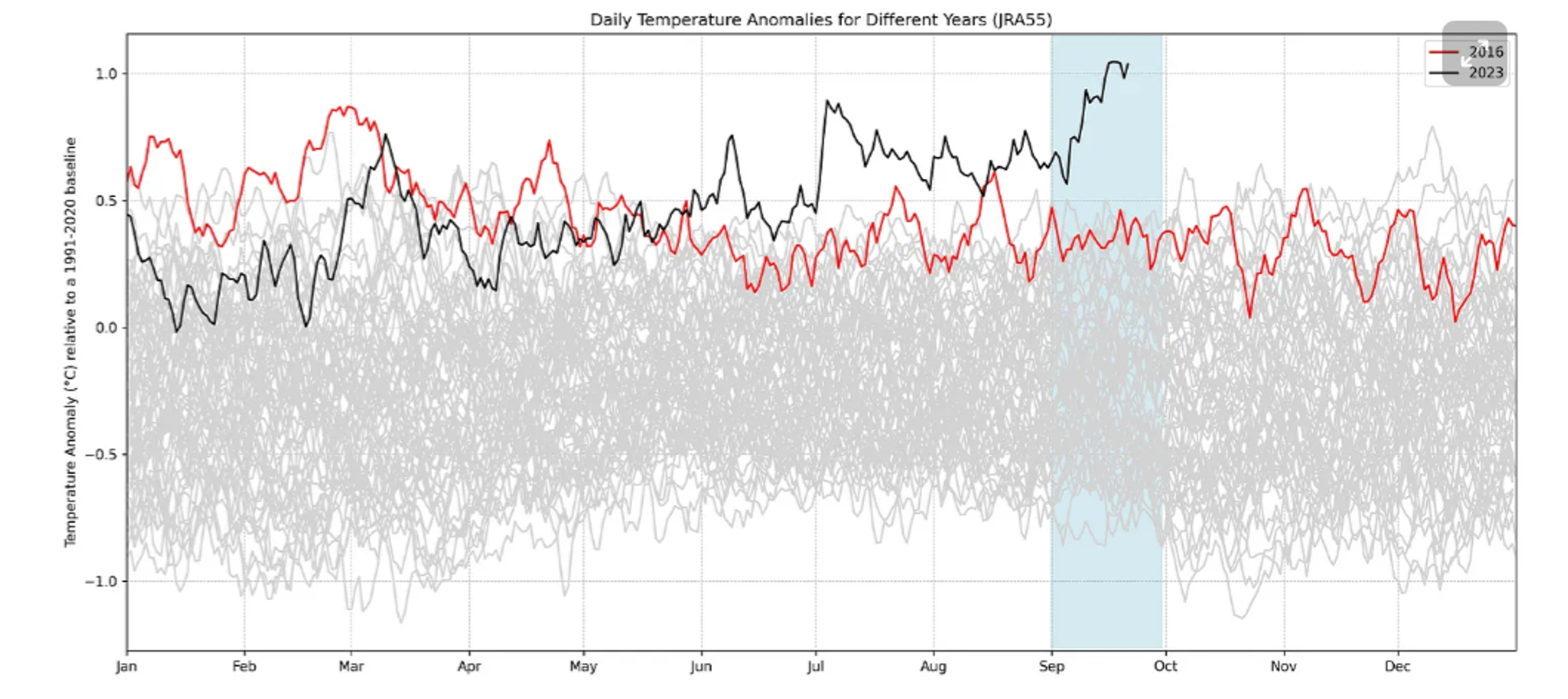So, basically the same thing they did with Maxwell, buy the company, transfer the patents and IP for dry electrode to Tesla, and then sell the company back to the original owners for a bargain. This time they probably got some wireless charging IP and a few really sharp engineers in the deal. Very smart, IMO. Tesla really doesn't need another company to manage, especially if most of their product isn't in the automotive or robotics fields.
Welcome to Tesla Motors Club
Discuss Tesla's Model S, Model 3, Model X, Model Y, Cybertruck, Roadster and More.
Register
Install the app
How to install the app on iOS
You can install our site as a web app on your iOS device by utilizing the Add to Home Screen feature in Safari. Please see this thread for more details on this.
Note: This feature may not be available in some browsers.
-
Want to remove ads? Register an account and login to see fewer ads, and become a Supporting Member to remove almost all ads.
You are using an out of date browser. It may not display this or other websites correctly.
You should upgrade or use an alternative browser.
You should upgrade or use an alternative browser.
Tesla, TSLA & the Investment World: the Perpetual Investors' Roundtable
- Thread starter AudubonB
- Start date
2 weeks production stop for the Fiat 500e. Because of lack of demand: Productiestop Fiat 500e: simpelweg te weinig vraag naar elektrische Fiat - AutoReview.nl
European car manufacturers seem to have problems selling their EVs.
This week there was a strike in the Audi factory in Brussels because they won’t get to produce one of the next Audi EV models, the capacity of a German factory producing that model is enough for the expected demand.
European car manufacturers seem to have problems selling their EVs.
This week there was a strike in the Audi factory in Brussels because they won’t get to produce one of the next Audi EV models, the capacity of a German factory producing that model is enough for the expected demand.
cell producers are reducing output rather than growing inventories
I hope not! Why wouldn't Tesla buy them all?
Can't make cars fast enough? Put them in stationary storage systems. Can't ramp Megapack production fast enough, but cash on hand? Buy every damn cells now, and sell them tomorrow. Or do advertising. Rich people keep buying PHEV and ICE SUV. Financing isn't an issue for them but no far too little about EV (and Tesla in particular).
But do not let the battery industry slow production now: this goes against Tesla's mission.
Last edited:
cliff harris
Member
I presume that situation will change once Tesla's china megapack factory is running.
I want to say that technically Initech didn't invent it, but we all know that being a tech company, Tom's employee contact would have stipulated that any inventions belong to the company regardless of whether it was invented at or for work.
For that insight you, sir, win an additional piece of flair!
Artful Dodger
"Neko no me"
Sorry @Artful Dodger , not seeing what’s funny here. It’s a genuine question.
And, maybe if one walks back the processes far enough, not actually off the mark. Think about it before you mock perhaps?
I have thought about it, I have real-world experience in logistics, and I know you can not simply 'walk back the process' in the short time frame you expect. Megapack at Lathrope alone is ~50,000 tons of LFP cells per year. You don't mess with that kind of logistics train without YEARS of planning, and for what? Please provide an estimate of the benefits of your plan, and why you think Tesla has not considered your alternative.
If the Chinese government wants BYD to dominate, profit likely doesn't really matter. China has a long, storied history of heavily subsidizing and then dumping goods into economies hence all the tariffs and anti-dumping duties etc on a range of Chinese products in various countriesGreat comparison of BYD profit per vehicle versus Tesla. Only nit I have with it is that BYD EVs are much smaller and cheaper on average, so “profit per vehicle” isn’t the best metric. Profit per vehicle GWh sold would be a better metric, but that would still show Tesla way ahead.
Anybody have a guess at what Tesla was after? What breakthrough technology was cooking at Wiferion?So, basically the same thing they did with Maxwell, buy the company, transfer the patents and IP for dry electrode to Tesla, and then sell the company back to the original owners for a bargain. This time they probably got some wireless charging IP and a few really sharp engineers in the deal. Very smart, IMO. Tesla really doesn't need another company to manage, especially if most of their product isn't in the automotive or robotics fields.
Elon bought them for their oven mitt technology. His next social media campaign is all about women in the kitchenAnybody have a guess at what Tesla was after? What breakthrough technology was cooking at Wiferion?
Drumheller
Active Member
Quality is another consideration. I think Tesla will buy as many cells as possible that are suitable for their products and quality expectations.
I hope not! Why wouldn't Tesla buy them all?
Can't make cars fast enough? Put them in stationary storage systems. Can't ramp Megapack production fast enough, but cash on hand? Buy every damn cells now, and sell them tomorrow. Or do advertising. Rich people keep buying PHEV and ICE SUV. Financing isn't an issue for them but no far too little about EV (and Tesla in particular).
But do not let the battery industry slow production now: this goes against Tesla's mission.
Buckminster
Well-Known Member
Capster I think implied that Tesla will have thought about it. The point is that they maybe be able to offset ~ 20% of the lost profits this way assuming that batteries is the Megapack long pole.I have thought about it, I have real-world experience in logistics, and I know you can not simply 'walk back the process' in the short time frame you expect. Megapack at Lathrope alone is ~50,000 tons of LFP cells per year. You don't mess with that kind of logistics train without YEARS of planning, and for what? Please provide an estimate of the benefits of your plan, and why you think Tesla has not considered your alternative.
I suspect it's much more likely something like laser sintering as @TN Mtn Man said... probably something similar to the process SpaceX uses for 3D printing their SuperDraco engines.
"Fused filament printing is now the most popular process (by number of machines) for hobbyist-grade 3D printing. Other techniques such as photopolymerisation and powder sintering may offer better results, but they are much more costly."Note: The term "FDM" is trademarked; other manufacturors use the term "FFF".
Capster I think implied that Tesla will have thought about it. The point is that they maybe be able to offset ~ 20% of the lost profits this way assuming that batteries is the Megapack long pole.
Yeah, Capster's question seemed like a good one to me too. I'd love to see increased Megapack sales for Q3 to offset the lower auto production and revenues.
Because Tesla only buys quality cells that they have qualified as meeting their specs. For example, they don't want any of the crappy LG pouch cells that are likely to burst into flames.Why wouldn't Tesla buy them all?
They would also need to be in a form factor that works for the Tesla packs.
200-300 nukes-worth* of power each year? Whhooof! Sooner or later (sooner, that is), that adds up to a dramatically large number, both in terms of realized production and realized diminution of fossil-fuel consumption.apparently we are going to need a lot of both stationary & mobile storage (like my CT that will be both!)
This _should_ help TE as general populace realizes it (?? 3 years to add a Terawatt ! of PV ??)
------snip-------
.......solar entrepreneur Danny Kennedy at Climate Week in New York City, who told him,(McKibben) “The planet is now adding a gigawatt a day of solar power. A nuclear plant’s worth every day of solar power.” About half of that total is being added in China and far outdistancing the increase in its fossil fuel plants. The U.S. is second, followed by Brazil and India......
------snip------

Bill McKibben, Pope Francis, & The Warmest September - CleanTechnica
Bill McKibben is spreading the word that September, 2023 was crazy hot and that the time to save our planet is critically short.cleantechnica.com
* We used to think of a gig as being an average-sized nuke; I decreased that number because most new-ish plants are quite a bit larger.
Skating perilously close to being off-topic, but for its historical importance, this time I'll let it slide....
...Here is an excerpt from John Perlin's 2013 book, Let it Shine, describing Bell Labs's 1954 invention of the first practical solar cell. Remember: 1954! Emboldened text is mine:
The next day the Bell scientists ran a solar-powered radio transmitter, which broadcast voice and music to America’s top scientists gathered at a meeting in Washington, DC. The press took notice. U.S. News & World Report speculated excitedly in an article titled “Fuel Unlimited”: “The [silicon] strips may provide more power than all the world’s coal, oil and uranium….Engineers are dreaming of silicon-strip powerhouses.” The New York Times concurred, stating on page one that the work of Chapin, Fuller, and Pearson, which resulted in the first solar cell capable of generating useful amounts of power, “may mark the beginning of a new era, leading eventually to the realization of one of mankind’s most cherished dreams — the harnessing of the almost limitless energy of the sun for the uses of civilization.”
Page 1 of NYTimes in 1954!
...Here is an excerpt from John Perlin's 2013 book, Let it Shine, describing Bell Labs's 1954 invention of the first practical solar cell. Remember: 1954! Emboldened text is mine:
The next day the Bell scientists ran a solar-powered radio transmitter, which broadcast voice and music to America’s top scientists gathered at a meeting in Washington, DC. The press took notice. U.S. News & World Report speculated excitedly in an article titled “Fuel Unlimited”: “The [silicon] strips may provide more power than all the world’s coal, oil and uranium….Engineers are dreaming of silicon-strip powerhouses.” The New York Times concurred, stating on page one that the work of Chapin, Fuller, and Pearson, which resulted in the first solar cell capable of generating useful amounts of power, “may mark the beginning of a new era, leading eventually to the realization of one of mankind’s most cherished dreams — the harnessing of the almost limitless energy of the sun for the uses of civilization.”
Page 1 of NYTimes in 1954!
20 millionth 4680 cell produced at Giga Texas
10 millionth was June 16th, 4 months ago.
10 millionth was June 16th, 4 months ago.
20 millionth 4680 cell produced at Giga Texas
10 millionth was June 16th, 4 months ago.

20M would source about 24K Model Y at 830 cells per pack. Keep on doubling!20 millionth 4680 cell produced at Giga Texas
10 millionth was June 16th, 4 months ago.
Tesla collect 100% credits for Cyber(4680)Cells
Last edited:
Similar threads
- Locked
- Replies
- 0
- Views
- 3K
- Locked
- Replies
- 0
- Views
- 6K
- Replies
- 6
- Views
- 5K
- Replies
- 6
- Views
- 11K
- Locked
- Replies
- 27K
- Views
- 3M


